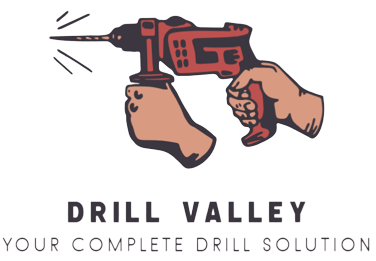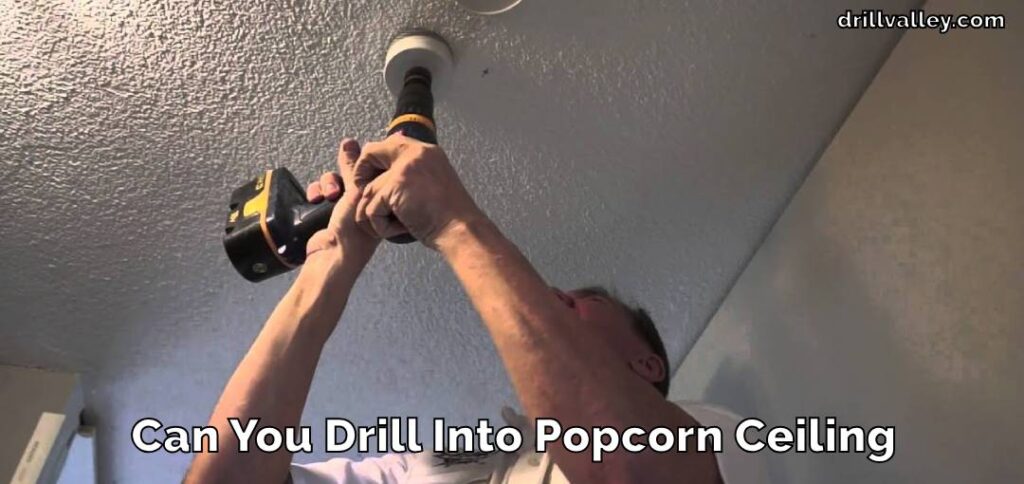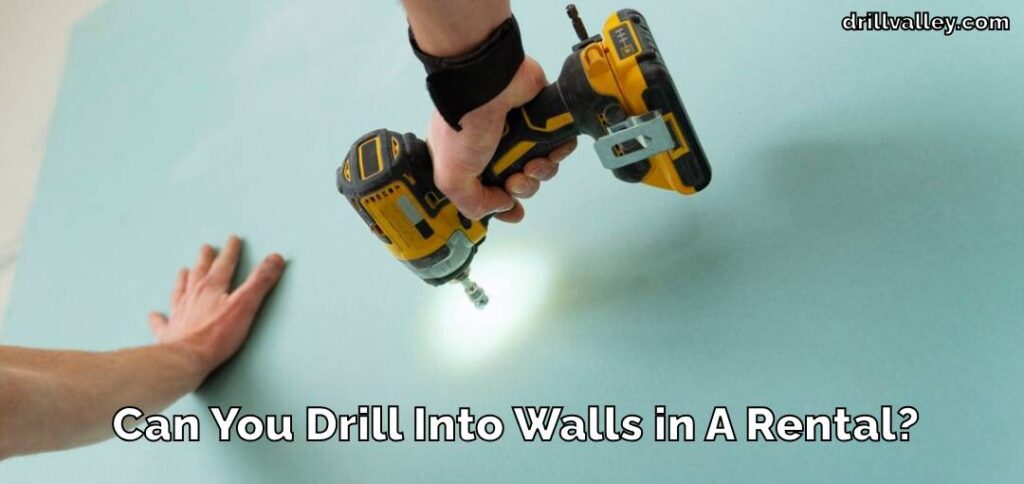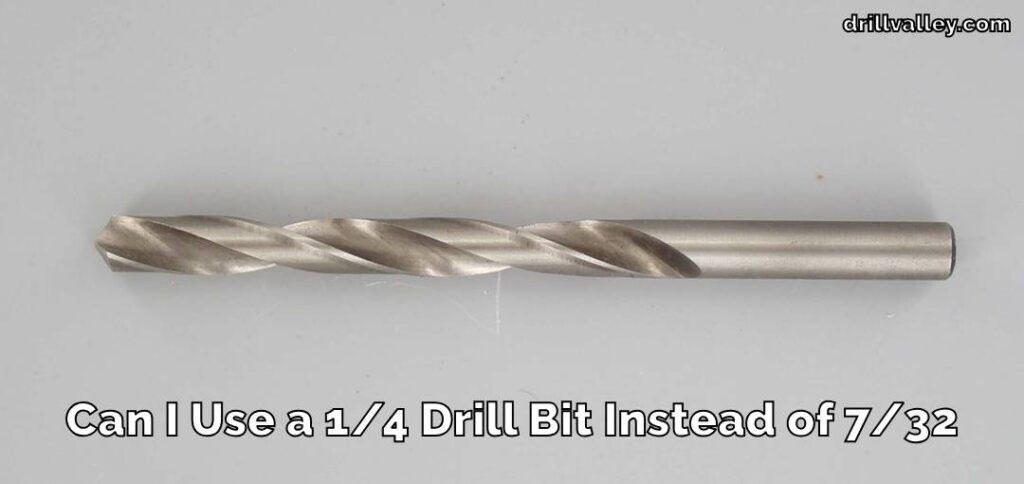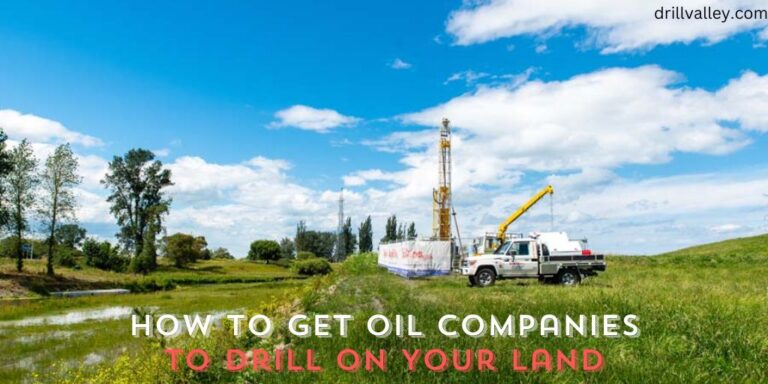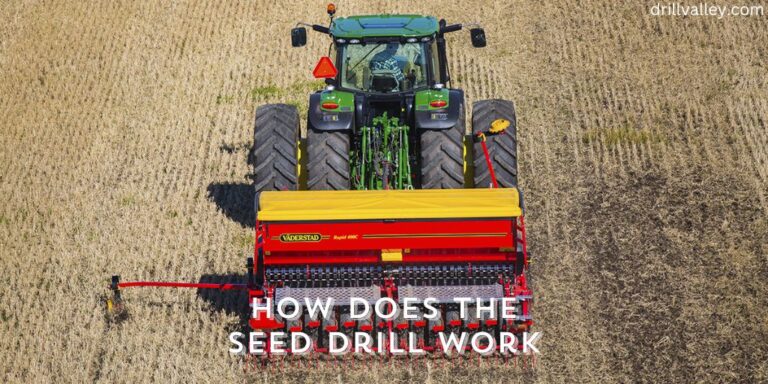How Does Directional Drilling Work
Directional drilling is so valuable in how we drill into the Earth to access its hidden treasures, like oil, and gas, and even for installing underground utilities. It’s not the straight-down drilling that many might picture; instead, it allows drillers to steer the drill bit through the Earth in curves and angles.
This technique has made it possible to reach places and resources we couldn’t get to before, making drilling more precise and less disruptive to the environment.
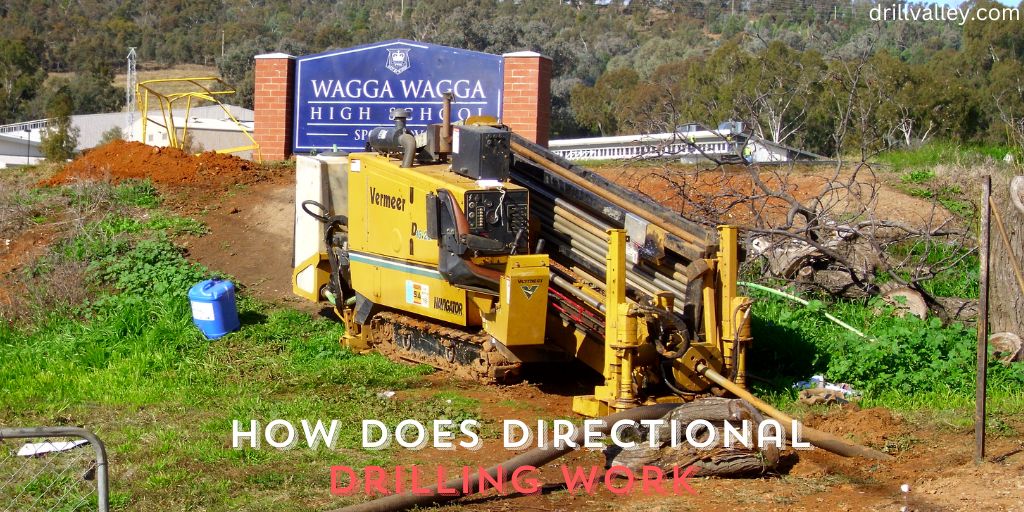
So, how does directional drilling work? It all starts with planning. Engineers use maps and models of the underground to plan the drill path. Then, during drilling, special tools allow the drill bit to turn and curve. The drill operator can control the direction based on real-time data about the drill’s position.
This means we can go around obstacles, drill multiple wells from one spot, or even target specific areas of an oil field to reduce the environmental footprint.
What is Directional Drilling
Directional drilling is a sophisticated technique widely used in industries such as oil, gas, and utilities. This method involves guiding a drill bit along a path that is not straight down.
Instead, the path can be horizontal or at various angles, different from traditional vertical drilling. This approach is particularly useful for reaching resources that are located sideways or at different angles from where the drilling starts.
One of the main benefits of directional drilling is its reduced impact on the environment. Since it allows for drilling from a single location to access multiple areas, it lessens the need to disrupt more land and ecosystems. This is especially important in sensitive environments or in places where a smaller footprint is desirable.
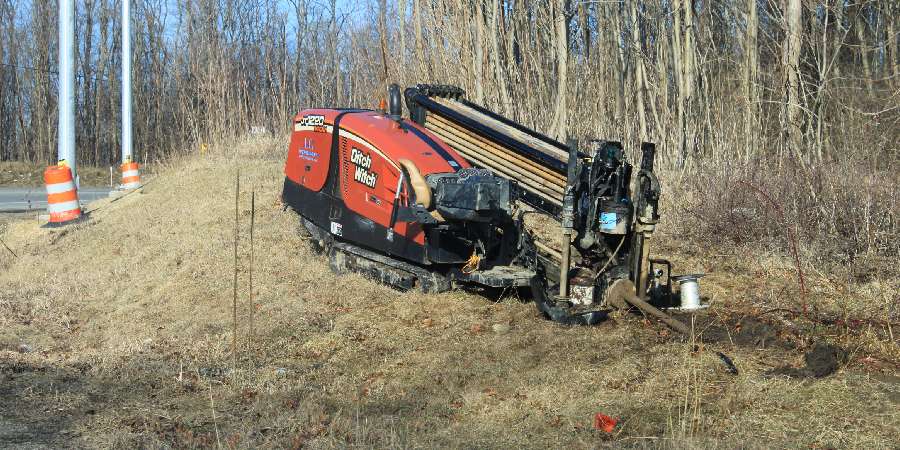
Another significant advantage is the increased efficiency in resource recovery. Directional drilling makes it possible to reach deposits that would be inaccessible with traditional vertical drilling. This means more oil or gas can be extracted from a single drilling site.
Additionally, directional drilling is often the only option in certain situations. For example, in urban areas or near existing structures, where vertical drilling is not feasible due to space constraints or risk of damage, directional drilling provides a viable solution.
It’s also essential when the target resource is located beneath obstacles like bodies of water or existing infrastructure.
How Does Directional Drilling Work
Directional drilling is a clever way of drilling that’s become super important in today’s world. It’s not just drilling straight down into the earth; it’s about steering the drill bit to go exactly where it’s needed, which can be sideways, angled, or even curved. This method is a big deal for getting oil and gas out of the ground and for putting in pipes and cables without messing up the surface too much.
Here’s a closer look at how directional drilling works
The Tools
The main player in directional drilling is the drill bit that can cut through the earth at different angles. There’s also something called a downhole motor, which is quite cool. It works with the flow of the drilling fluid to turn the drill bit without having to spin the whole drill string.
Plus, there are real-time monitoring systems that keep an eye on where the drill bit is and what it’s doing, so adjustments can be made to stick to the planned path.
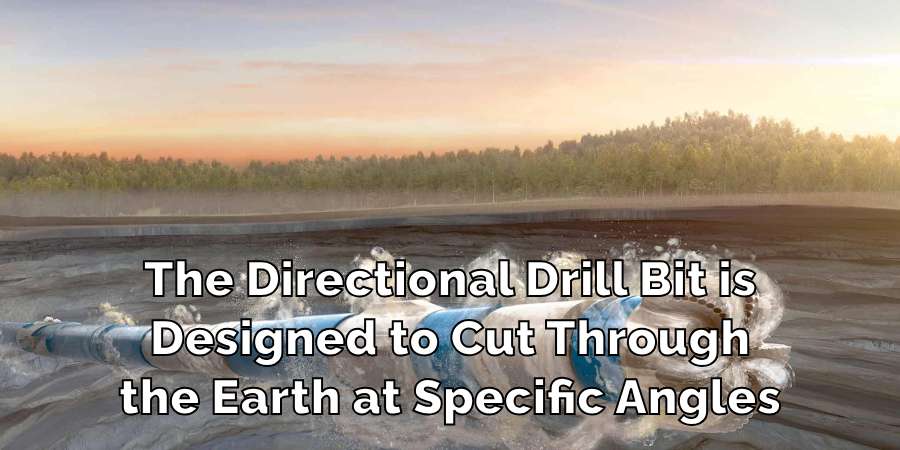
Planning Ahead
Before any drilling starts, there’s a lot of planning. Specialists use special computer software to make a 3D map of the underground area. They figure out the best way to drill to get to what they’re after, whether it’s oil, gas, or creating a path for pipes.
Keeping Track
Once the drilling starts, it’s all about staying on track. The drillers get constant updates about the drill bit’s position. This helps them make tiny changes along the way to make sure they’re following the path they planned.
Different Types for Different Needs
Directional drilling isn’t one-size-fits-all. For example, horizontal drilling goes down and then turns to go sideways, which is great for reaching resources spread out underground.
Multilateral drilling is like drilling a main hole and then having several branches coming off it, which lets them cover more area from one spot. Then there’s extended-reach drilling, which can go really far from the drilling site, reducing the need to disturb more of the land surface.

Directional drilling is smart, efficient, and really versatile. It mixes cutting-edge tech with expert knowledge to drill in a way that’s precise, safer, and less harmful to the environment. It’s pretty amazing how it opens up possibilities for reaching places and resources that were once thought unreachable, all while keeping the earth above relatively untouched.
Precaution while Directional Drilling Work
Safety and precision are the top priorities during directional drilling work. This is because the process involves complex machinery and has to be done under varying geological conditions. Drillers have to pay close attention to several important factors to ensure everything goes smoothly.
One of the key aspects is constant monitoring of the drill bit’s performance. This includes keeping an eye on the speed of the drill bit, the pressure it’s under, and the angle at which it’s drilling. These parameters can tell the drillers a lot about the conditions underground and help them make necessary adjustments.

Another important consideration is sticking to environmental rules and regulations. Directional drilling, though less disruptive than traditional methods, still poses potential risks to the environment. Careful planning and execution are needed to minimize any negative impacts, such as the accidental release of materials or damage to surrounding ecosystems.
Maintaining the equipment in top condition is also essential. Regular checks and maintenance of the drilling machinery help prevent breakdowns and accidents. This includes everything from the drill bit to the systems used for monitoring and controlling the drilling process.
Clear communication among team members is crucial. Everyone involved needs to be aware of the plan and any changes that occur. This helps in coordinating the operation smoothly and responding quickly if any issues arise.
FAQ’s
What Are the Methods of Directional Drilling?
Directional drilling includes several methods, each with its specific use. Horizontal drilling involves drilling down to a certain depth and then moving horizontally. This is especially useful for accessing resources spread across a wide area.
Multilateral drilling involves creating multiple branches of the main wellbore. This method maximizes the area covered by a single drilling site, increasing efficiency.
Extended-reach drilling is used to access resources that are far from the drilling site, reducing the need for multiple drilling operations. Each of these methods allows for more precise and efficient resource extraction than traditional vertical drilling.
Why is Directional Drilling Better?
Directional drilling offers several benefits compared to traditional vertical drilling. It allows for a smaller surface area to be disturbed, which is important in environmentally sensitive areas or places where space is limited, like urban settings.
This method provides access to resources that are located in difficult-to-reach places, such as under a body of water or a city. It also enables more efficient extraction of resources. By drilling in various directions from a single point, more of the resource can be reached and extracted, making the process more productive and cost-effective.
What is the First Step in Directional Drilling?
The initial step in directional drilling is extensive planning and design. This involves understanding the underground environment where drilling will occur. Drillers use sophisticated technology to create a detailed map of the subsurface.
This map is used to plan the drilling path, ensuring it avoids obstacles and reaches the target area. The planning stage is critical because it sets the foundation for the entire drilling operation. A well-planned drilling operation is more likely to be successful, safe, and efficient.
What Are the Disadvantages of Directional Drilling?
While directional drilling has many advantages, it also comes with some challenges. It tends to be more expensive and complex than traditional vertical drilling. The equipment and technology required are more advanced, and the process requires highly skilled personnel.
There are also technical challenges, such as maintaining the stability of the wellbore and controlling the well, especially in complicated underground conditions.
Additionally, because the process is more complex, there is a higher risk of encountering problems during drilling, which can increase costs and delay the project.
Who Needs Directional Drilling?
Directional drilling is widely used in several industries. The oil and gas industry relies on it for extracting resources from hard-to-reach areas and minimizing environmental impact.
Utility companies use directional drilling to lay pipes and cables without disturbing the surface, which is particularly useful in urban or ecologically sensitive areas.
Environmental remediation efforts also employ this technique to access and treat contaminated underground areas without extensive surface disruption. In essence, any industry that requires precise underground drilling in challenging conditions can benefit from the capabilities of directional drilling.
Conclusion
Directional drilling is a key innovation in drilling, blending precision, efficiency, and care for the environment.
This method allows us to reach resources that were once out of reach, using smarter and safer ways. It has made it possible to drill under cities, rivers, and sensitive areas without causing much harm to the surroundings. This article has explored “How does directional drilling work.”
As technology gets better, directional drilling will keep playing a big role in how we get natural resources and build our infrastructure. This technique is not just about getting the job done it’s about doing it in the best way possible, with respect for the environment and the future.’
Can You Use Impact Driver Bits in A Drill
Knowing whether you can swap impact driver bits into a regular drill matters more than…
Can You Drill Into Popcorn Ceiling
Wondering Can You Drill Into Popcorn Ceiling for your next home improvement project? Popcorn ceilings,…
Can You Drill Into Walls in A Rental?
Renting an apartment brings the challenge of personalizing your space within the confines of rules…
Can I Use a 1/4 Drill Bit Instead of 7/32
When you’re elbows deep in a project and suddenly realize the 7/32 drill bit you…
Can You Drill Concrete Without A Hammer Drill
Drilling into concrete requires both precision and the right tools, notably a hammer drill and…
Can You Use Different Brand Drill Bits?
The right drill bit size is crucial for any project, big or small. It’s the…
